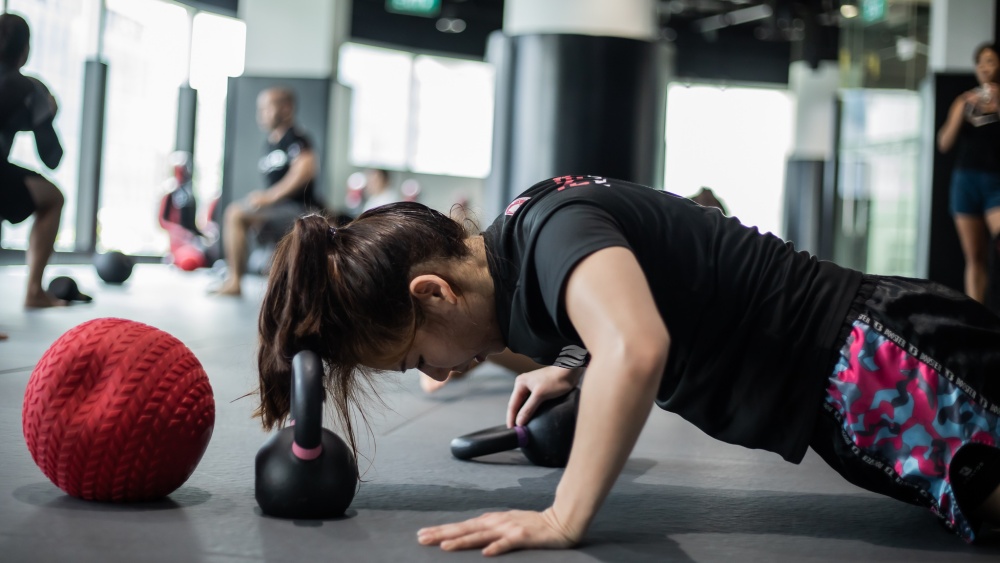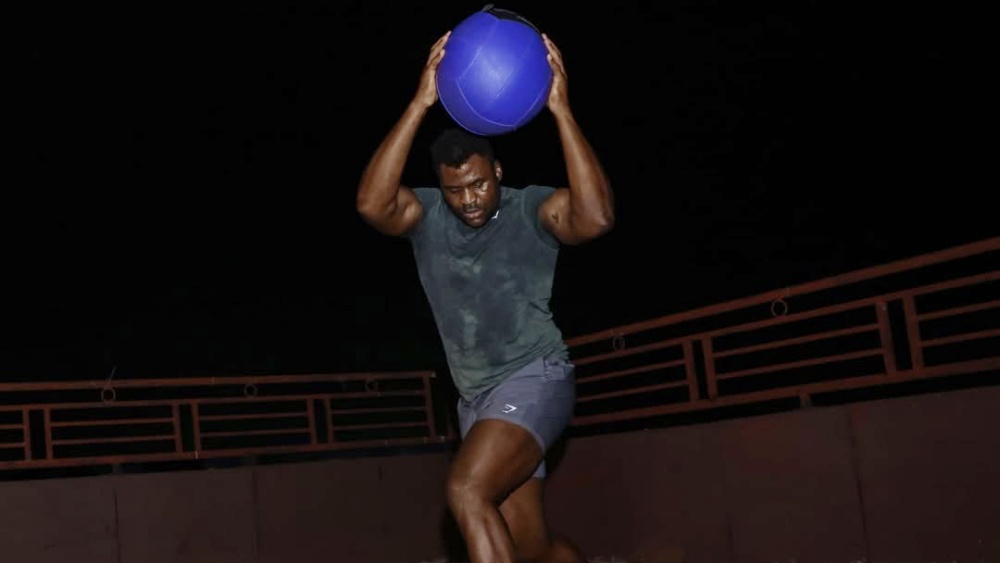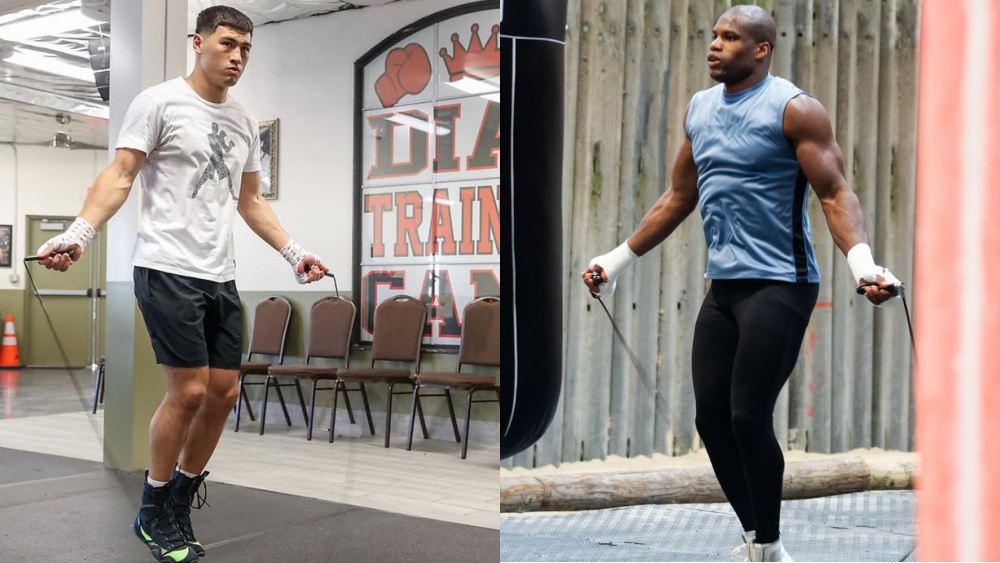Circuit training allows you to get more done with your workouts in less time. It’s an excellent approach to training if you have a busy schedule like most people nowadays. We don’t always have an hour – or even thirty minutes – to dedicate to our workout routines, but circuit training allows us to compress hour-long gym sessions into 20-minute workouts.
Everything You Need To Know About Circuit Training
The term “circuit training” officially means combining six or more exercises with little to no rest between exercises.
A circuit has been completed when all the exercises selected for the circuit have been completed. Start with one or two circuits if you’re new to circuit training and build up from there.
The key to designing a good circuit is by combining exercises in a way that allows you to rest some muscle groups while working on others. For example, the first exercise on your circuit can be push-ups, while the second is squats. That way, your chest muscles get to rest while you’re squatting, even if you don’t take a break.
Try not to go over 12 exercises when designing a circuit. Remember, circuit training is about getting a lot of work done in a short amount of time, so you don’t want to have to rest while powering through your circuit. The less you rest, the more cardio you get from your circuits. You also want to be able to perform all of the exercises in the circuit with proper form.
Circuit training is one of the most efficient ways to train. You get to build bigger muscles, improve your cardio, and push your muscular endurance to its limits simultaneously.
As advantageous as circuit training can be, it’s not something you want to add to your fitness routine if you’re completely new to working out. It is best reserved for intermediate and advanced trainees who have already learned how to perform a wide range of exercises with good form and have developed a baseline level of fitness and strength.
Beginners might be overwhelmed with having to maintain proper form and the short rest periods used during circuits. However, a competent personal trainer can craft an effective circuit for anyone regardless of their fitness level.
Circuit training is an excellent approach to fitness if you have limited time for your workouts, don’t like training alone, or get bored easily. You can create and perform your own circuits or sign up for group circuit classes like Evolve’s high-intensity interval training (HIIT) program.
Group Circuit Training
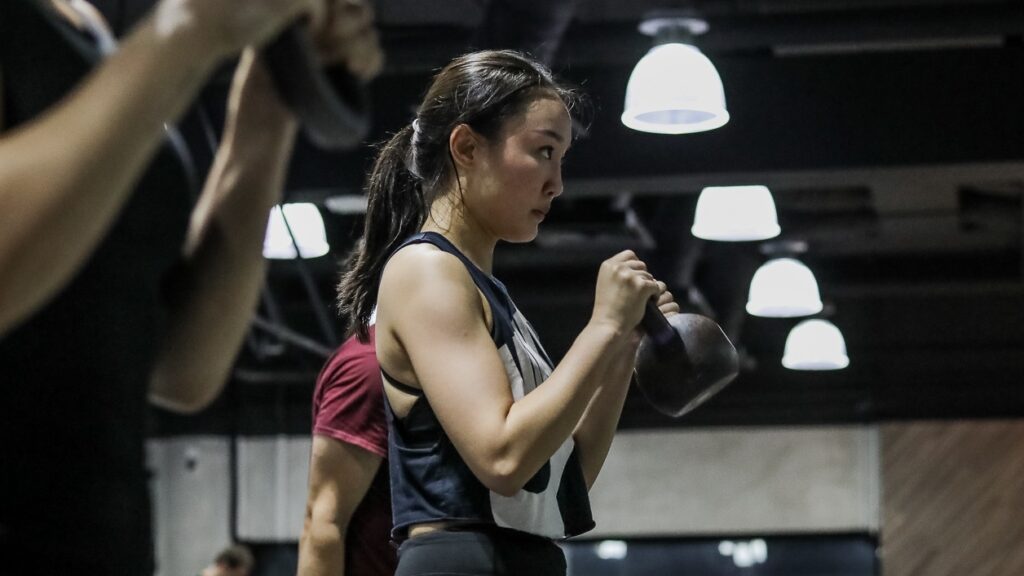
The way training circuits work makes them a great group activity. A typical group circuit training class is divided into several stations in the gym. Each person gets a station they exercise on for one to two minutes. When time is up, they rotate to the next station until each person has gone through all the stations. The entire group then gets one to three minutes of rest before moving on to the following circuit.
Instructors typically demonstrate all the exercises used before class, so trainees know what to do. Instructors also walk around during circuits to ensure their students use the proper form and provide any assistance needed.
This type of training isn’t limited to conventional exercises. Sports like martial arts also incorporate circuit training into their workouts. For example, a mixed martial arts circuit might involve exercises like throwing hooks on a heavy bag in one station, sprawling drills in another, and knees to a bag in a third station. This way, trainees get an excellent workout while improving their sport-specific techniques.
The different types of exercises that make up a suitable workout circuit include:
Strength Training
A good circuit should include some muscle and strength-building exercises that target the core, lower body, and upper body. Compound exercises that target multiple muscle groups simultaneously increase the efficiency of your circuits. Examples of exercises that can be incorporated into your circuits to build muscles include:
- Push-ups, dips, bicep curls, rows, and presses for the upper body.
- Bridges, deadlifts, lunges, and squats for the lower body.
- Crunches, planks, and sit-ups for the core.
Cardio

Improving your cardiovascular endurance allows you to get more out of your workouts. It provides countless health benefits like lowering your blood pressure, improving your metabolism, and protecting you against heart attacks and strokes.
Doctors recommend getting at least 30 minutes of cardiovascular exercise five days a week to maintain good health. Circuit training on its own gives you a cardio workout since you get limited rest between stations, and you can end your circuits with cardiovascular stations to get more from your circuits.
Cardiovascular workouts typically fall under one of two categories: Low-intensity and high-intensity. Examples of high-intensity cardio workouts that can be added to your circuit include skaters, squat jumps, sprints, high knees, mountain climbers, and burpees. Add these to circuits to raise your heart rate considerably.
Examples of low-intensity cardio workouts include jumping jacks, treadmills, jump rope, rowers, exercise bikes, and ellipticals.
Building The Perfect Circuit: Step-By-Step Guide
Ready to make your workout sessions more effective with circuit training? Here are some of the things you should consider when creating a personal circuit:
1) Determine How Much Time You Have
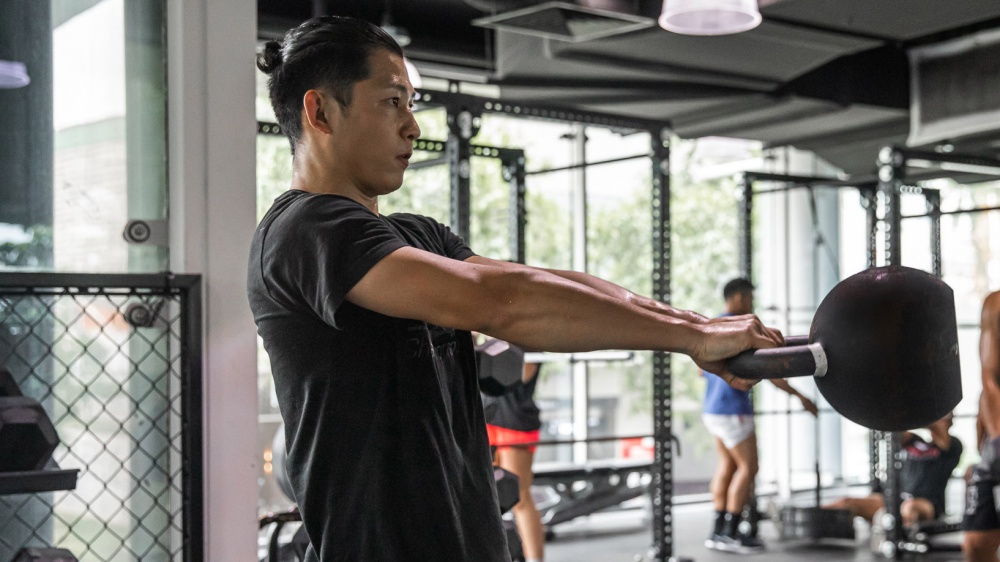
Circuit training is about making your workouts more effective, so the first step you should take when designing a circuit is figuring how much time you have to commit to your training.
Ideally, you want to assign one to two minutes for each exercise and a few minutes rest after each circuit is completed. You also want to perform each circuit two to three times.
For example, you can complete a circuit with five one-minute circuits about three times in 20 minutes, assuming you only take about two minutes of rest between each circuit. That’s a pretty good workout in a short amount of time.
2) Select An Upper-Body Exercise
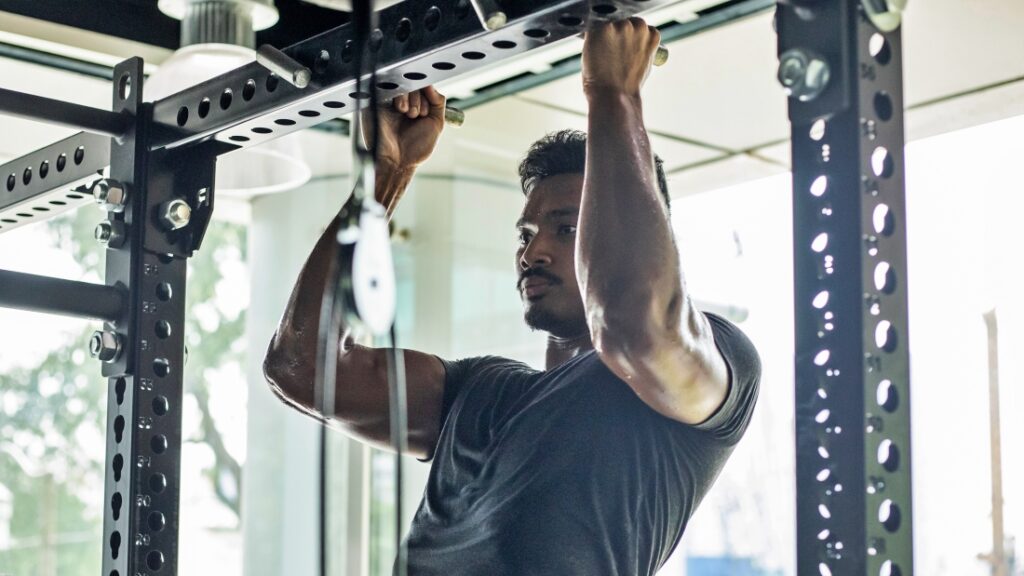
Exercises like push-ups, pull-ups, and dips are great for circuits since you don’t have to set up any equipment to get right into them. Exercises like bench presses are also great. You just need to load them up with appropriate weights before starting your circuit.
You can alternate between upper body exercises while powering through your circuits. For example, you can do push-ups during your first circuit, then pull-ups during your next.
3) Add A Lower-Body Exercise
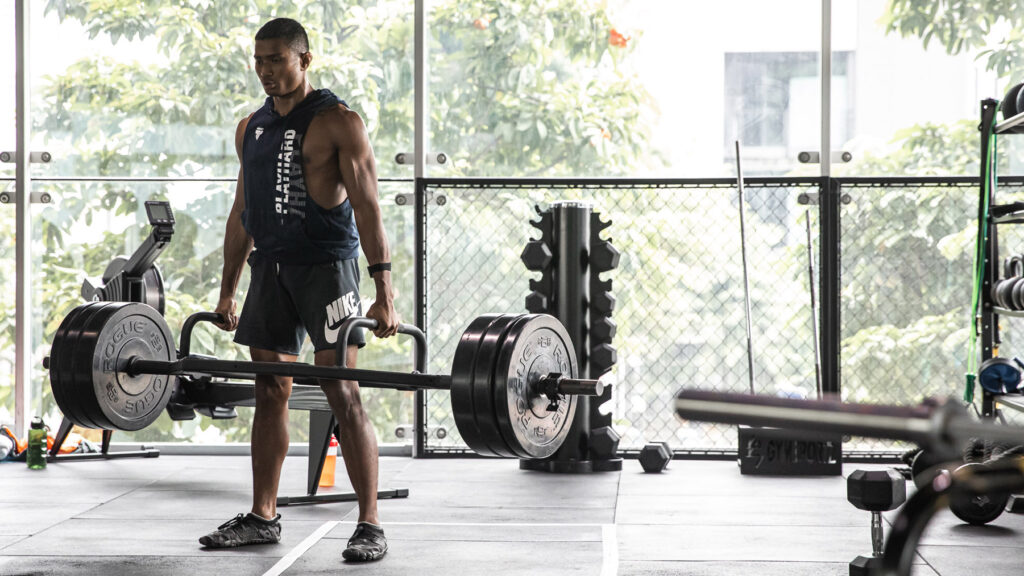
Just like you selected a few upper-body exercises for your circuit, you also need a few lower-body exercises. Alternating between upper body and lower body exercises allows you to get some active rest as your move on to the following circuit. For example, your chest, triceps, and shoulders get some rest after performing push-ups if your next exercise only targets muscles in your lower body.
Simple lower-body exercises you can add to your circuits include bodyweight squats, calf raises, deadlifts, hamstring curls, sumo squats, walking lunges, supermans. Try to mix up different lower-body exercises for each circuit.
4) Select A Compound Exercise
Compound exercises allow you to target different muscle groups simultaneously and force your heart to work harder than isolated exercises. Some compound exercises you can incorporate into your circuit training routine include:
- Single-arm swings
- Mountain climbers
- Cleans
- Jumping lunges
- Bench hop-over
- Thrusters
5) Sprint For A Minute
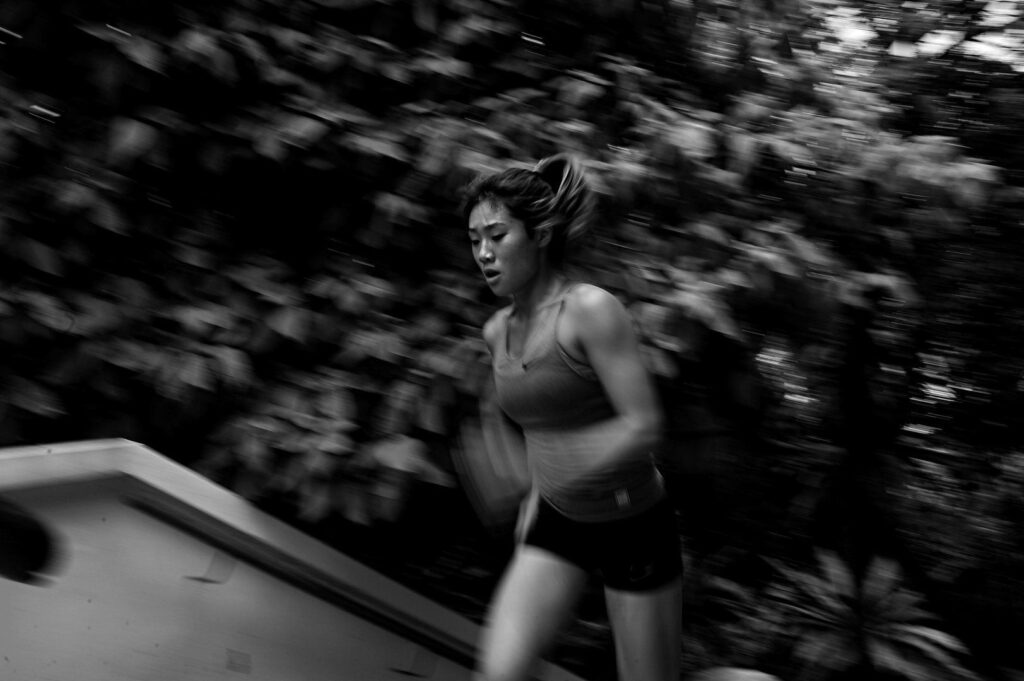
Fast, short sprints help to burn fat off your body, particularly around your midsection. You don’t necessarily have to sprint for this station, just pick any cardio exercise and go as hard as you can for a minute. You should be taking deep breaths by the time you’re done with your sprint.
Exercises you can add to this portion of your circuit include jump rope, cycling, running, rowing, and running up a hill/stairs.
6) Rest For One To Three Minutes
Aim to end your circuit after the sprint portion. If you are sprinting as hard as you should, you’ll need the rest before starting your next circuit. Use this time to hydrate and prepare your mind for the next circuit. Try to complete three to five circuits when you’re first starting out and build up from there.
Circuit Training Can Be A Fun Group Activity
Group circuit training makes things more fun, and you get to make some new friends. Instructors have a creative way of keeping these classes engaging by constantly changing the exercises used in the different stations. That way, you never quite know what to expect during each class.
Attend one of Evolve’s complimentary introductory HIIT classes to see what group circuit training looks like firsthand.
Book your complimentary trial class with our World Champions below!
If you have any other questions regarding Evolve MMA and the programs we offer, you can get in touch with our membership executives at the following locations:
Evolve MMA (Far East Square)
26 China Street
Far East Square #01-01
Singapore 049568
Phone: (65) 6536 4525
Evolve MMA (Orchard Central)
181 Orchard Road
#06-01 Orchard Central
Singapore 238896
Phone: (65) 6536 4556
Evolve MMA (KINEX)
11 Tanjong Katong Road
#02-52 KINEX
Singapore 437157
Phone: (65) 6288 2293
Evolve MMA (Clarke Quay Central)
6 Eu Tong Sen Street
#04-18 Clarke Quay Central
Singapore 059817
Phone: (65) 6226 2150
